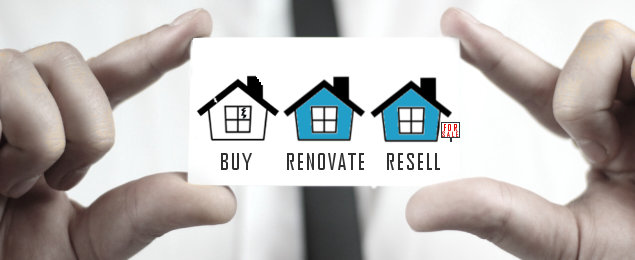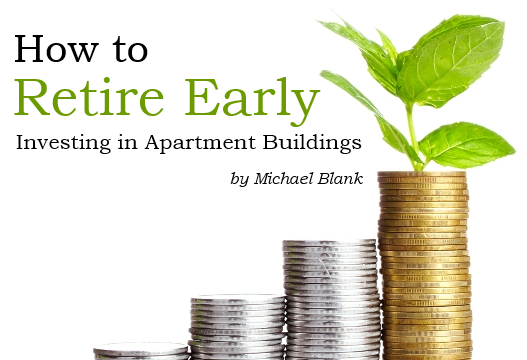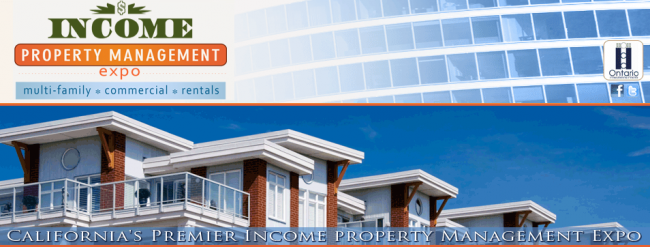How many rental properties are too many?
 At my high, I had four rental units and, for me, it felt like too many. My husband and I have two full-time jobs, two kids, and too little leisure time. When much of our spare time was focused on our properties and not our kids, we decided it was time to simplify.
At my high, I had four rental units and, for me, it felt like too many. My husband and I have two full-time jobs, two kids, and too little leisure time. When much of our spare time was focused on our properties and not our kids, we decided it was time to simplify.
But, that’s my personal story. Everyone is different, and where four units felt like too many for our limited time, 22 units might be perfect for you. Real estate investors need to look at three things when deciding how many rental properties to acquire:
1. Personal finance goals
While some may think of real estate investing as a business, you are still using your personal finances to purchase rental properties, keep them in top shape, and cover tenant turnover costs. So, while rental properties are a business, you are funding it. Here are some things to consider when deciding how many rental properties to have in your portfolio.
Debt
How comfortable are you with debt? There are two types of real estate investors. Which investor are you?
Very comfortable: The first type is building a business. Typically, when someone builds a business, they get a business loan and/or find investors. This type of investor feels comfortable with debt and confident that they will pay it off. They will likely feel comfortable taking on more debt to build a bigger portfolio.
Not at all comfortable: The second type of real estate investor is the debt-free journey investor. They build their portfolio as part of a way to meet their financial goals. This investor is less likely to want to take out mortgages and has a goal of paying down the mortgages as fast as possible. They are more likely to pay cash for a property when possible.
Related: How to Finance a Rental Property
Hefty retirement savings vs. passive income
When buying rental properties, you likely have one of two financial goals in mind: hefty retirement savings or passive income.
Those whose goal is a great retirement income will likely want a larger portfolio. If you accumulate properties in your 30s and pay the minimum mortgage, they will be paid off by the time you retire. You can accumulate more properties because your goal isn’t paying down the mortgage but rather putting money aside for down payments on more properties. This investor sacrifices a larger cash flow month to month to accumulate more properties and have a larger passive income cash flow in their 60s and beyond.
The investor whose goal is passive income now has a smaller portfolio and focuses on clearing the mortgages off their current rental properties. One way these investors handle their profits is to put them straight to the balance of their mortgages. As soon as the properties are paid off all rental income (other than regular expenses) will be passive income that can be used now.
2. Available Time
When deciding how many rental properties to have in your portfolio, consider the time commitment. Real estate investing is called “passive aggressive income” for a reason. It isn’t completely passive. Time is spent working with tenants, making repairs, and finding tenants. It can be quite time-consuming depending on your property and the tenants you have.
Related: Stress-free Property Management with Paula Pant from Afford Anything
Self-managed properties
If you self-manage your properties, consider the time it takes to manage each unit. While Cozy saves massive amounts of time with rent collection, maintenance tickets, and semi-automating the tenant application process, there are still tasks that need to be done. Cleaning, maintaining the property, responding to maintenance tickets, and tenant showings are done by you. Sit down and determine how many hours each unit takes of your time. Do you have that much extra time to dedicate to another property?
Property manager
Do you have a property manager already managing your rental units? Then time isn’t a factor. A property manager can take care of the time commitment needed for your properties. However, the cost of a property manager does need to be considered. Is your property still cash positive when you take into account the cost of the property manager? If yes, it might make sense to add another property to your portfolio.
3. Real Estate Investment Strategy
When deciding whether or not to add more doors to your portfolio, consider your overall investment strategy. The first item to consider is profit. You are in the real estate investing business for one primary reason, and that is to make money. How can you make the most money with the least hassle?
Profit
Your strategy might include more properties that are less expensive or fewer properties that are more expensive with higher rent potential. Neither option is the wrong one. What is wrong is not doing your homework. Calculate the cap rate, do the research, and learn about the communities before investing. Compare what profit you can make with either choice and don’t make assumptions. You might be surprised what heeds the most profits.
Law
Consider any laws that might make life more difficult with more properties. In Illinois for example, if you have 5+ investment properties, you need to hold security deposits in an escrow account, return the deposit within 30 days, or provide detailed receipts within 45 days of move out. Look for landlord-tenant laws in your state, as each state is different.
Conclusion
While four rental units were too many for me, it might be perfect for you. Maybe it is not enough for you. It depends on your financial goals and available time. Look at these factors and decide what makes sense for your situation. There is no such thing as too many rental properties or too little for that matter. There is only what works for you.











 @IPMExpo
@IPMExpo


